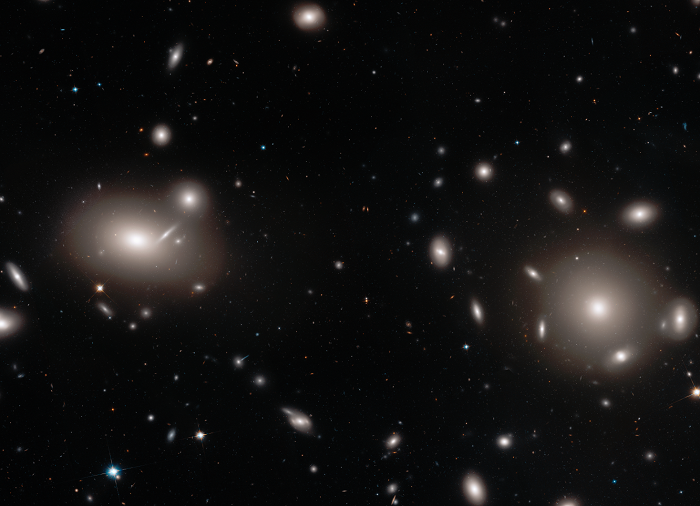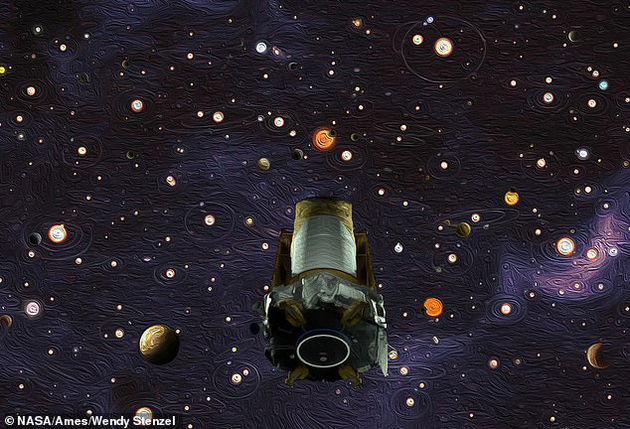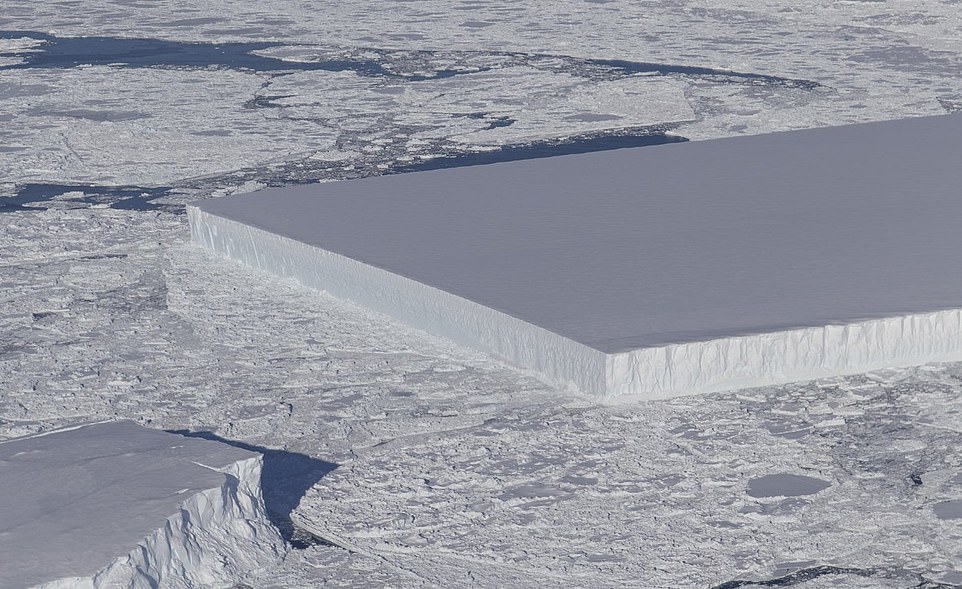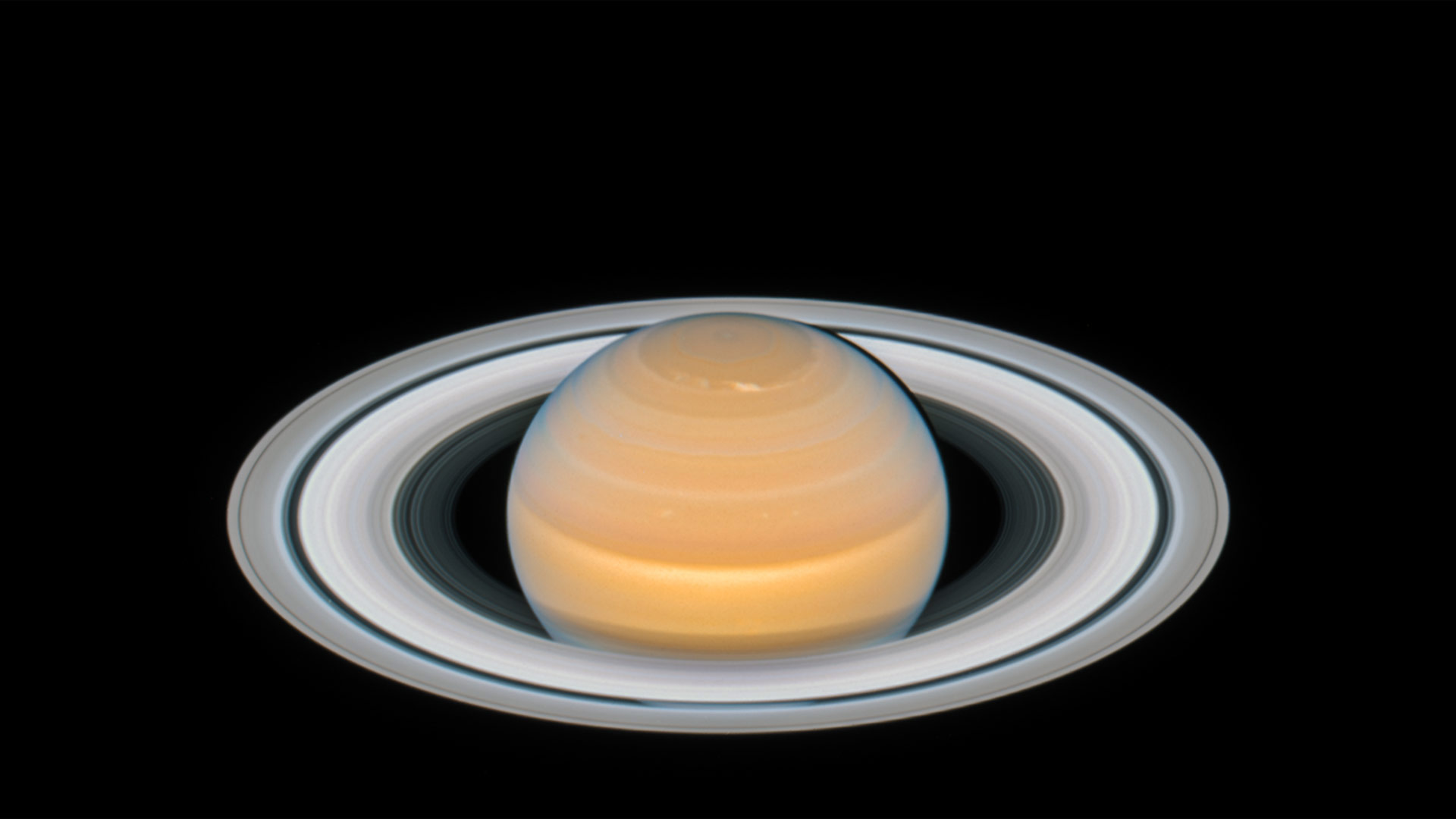标签 NASA 下的文章
NASA astronaut works on International Space Station during a spacewalk in 2006 (© NASA)
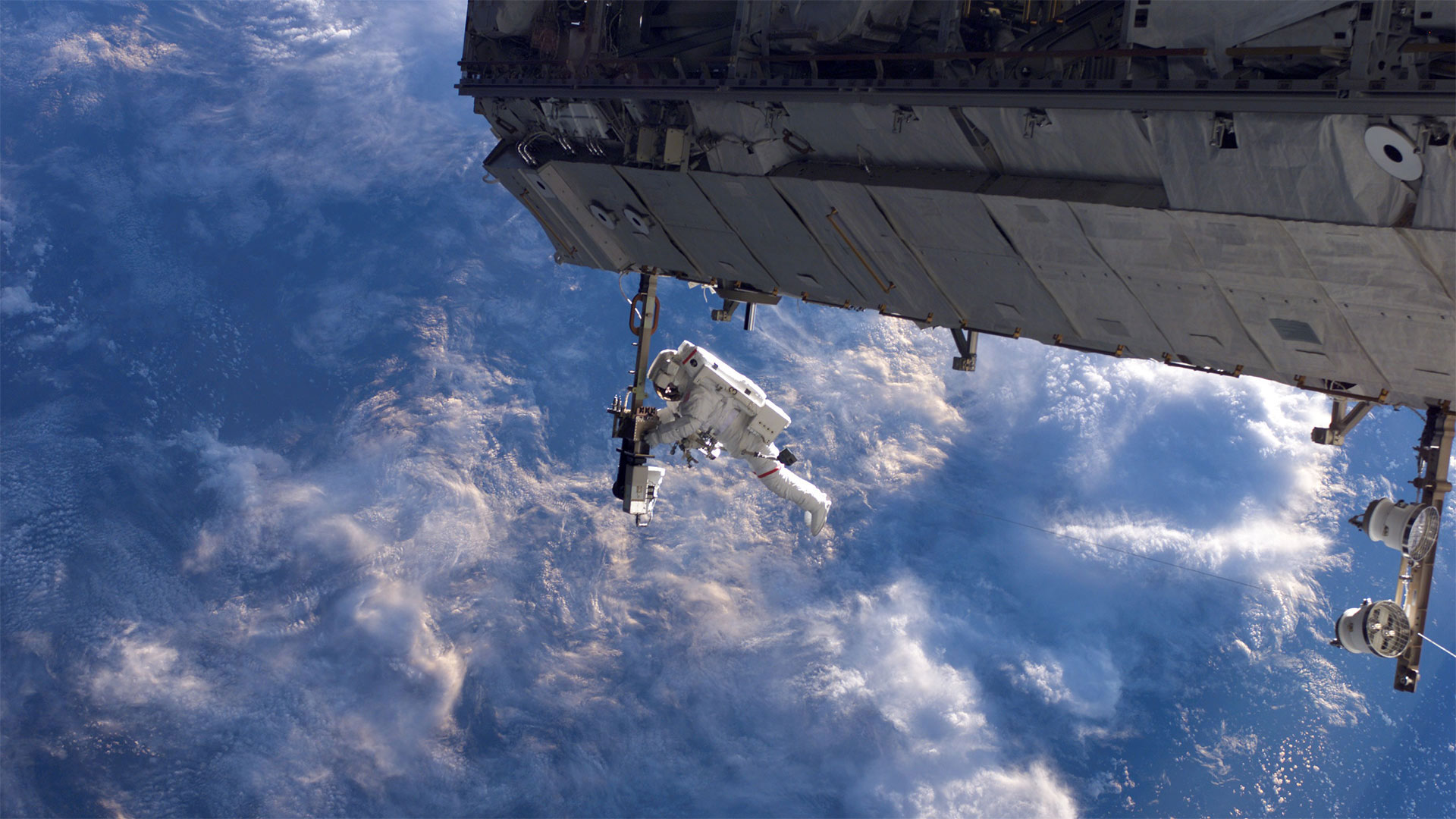
NASA astronaut works on International Space Station during a spacewalk in 2006 (© NASA)
A stroll above the stratosphere
If this photo from 200-plus miles above Earth dizzies you, imagine how it felt to be Alexei Leonov on March 18, 1965. The Soviet cosmonaut achieved the first-ever extravehicular activity (EVA—but you and I just call it a spacewalk). He spent about 20 minutes outside the orbiting Voskhod 2 capsule. It was the ultimate risk: no one knew just what could happen to a human body in the vacuum of space. Near heatstroke, drenched with sweat, and with his suit dangerously inflating, Leonov barely made it back inside the airlock.
Of course, the art of EVA has been perfected since, and that vertigo-inducing panorama is now the view from the office for those aboard the International Space Station. The spacewalker you see here isn't Leonov but NASA's Robert Curbeam busily replacing a faulty component. On this mission in 2006, Curbeam set a record with four EVAs in one spaceflight, spending over 24 hours outside the vehicle. Since the ISS's first spacewalk in 1998, over 227 EVAs have been performed by a large cast of astronauts—including a milestone excursion in 2019 that employed the first all-female crew.
美国宇航局新视野星际探测器拍摄的冥王星新月 Pluto's crescent imaged by NASA's New Horizons interplanetary space probe (© NASA/JHUAPL/SWRI/Science Photo Library)
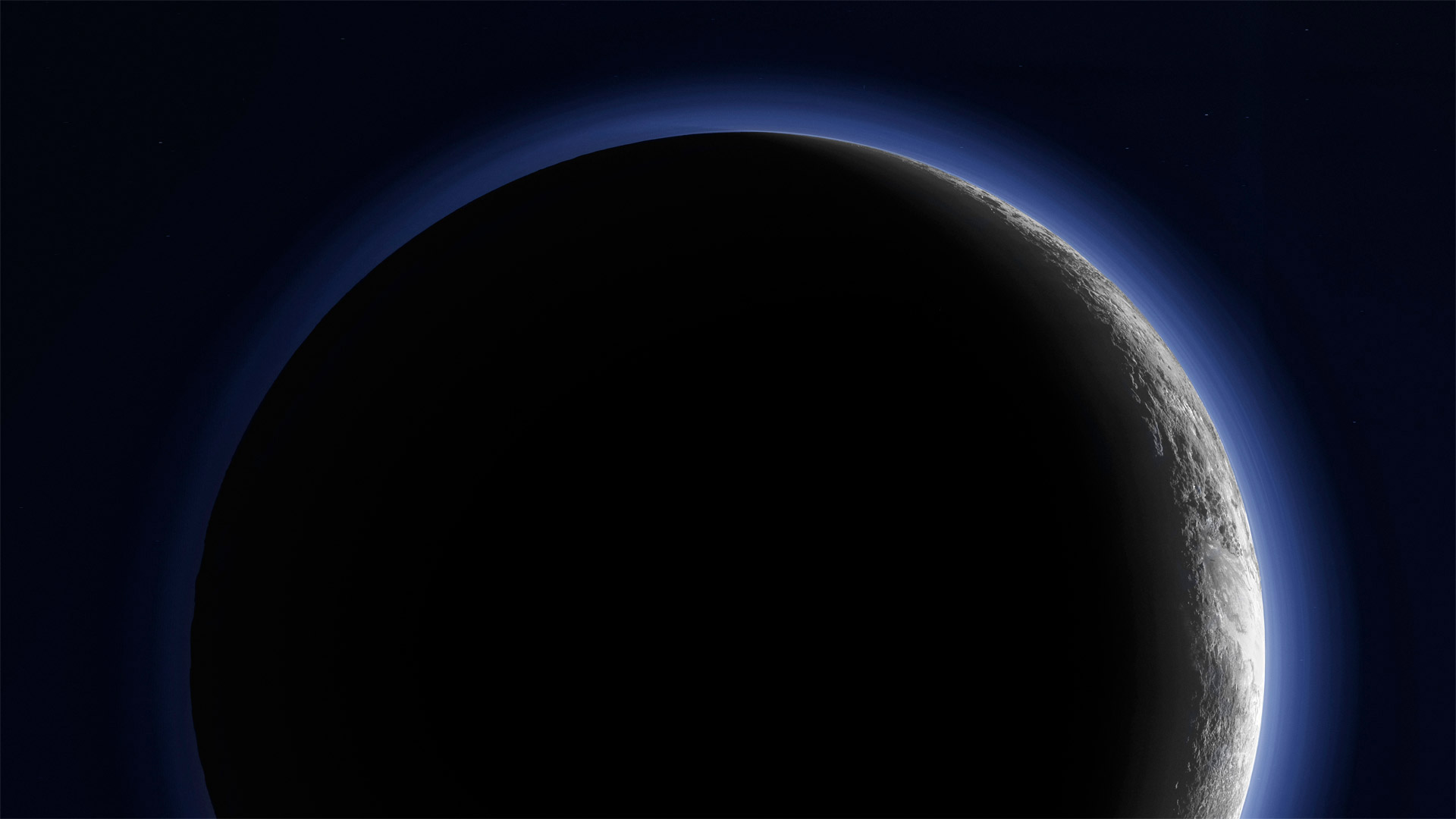
美国宇航局新视野星际探测器拍摄的冥王星新月 Pluto's crescent imaged by NASA's New Horizons interplanetary space probe (© NASA/JHUAPL/SWRI/Science Photo Library)
Too awesome to be a planet
Pluto was first spotted on this day in 1930 by Clyde Tombaugh, a 23-year-old astronomer at Lowell Observatory in Flagstaff, Arizona. Because it’s so far away—about 40 times as far from the sun as Earth is—scientists knew relatively little about Pluto until the New Horizons spacecraft reached it in 2015. In a flyby study, the craft spent more than five months gathering detailed information about Pluto and its moons. What did they find out? There’s a heart-shaped glacier, blue skies, spinning moons, mountains as high as the Rockies, and it snows—but the snow is red.
Once thought to be one of nine full-fledged planets orbiting our sun, in 2006, Pluto was stripped of its planetary status and reclassified as merely a 'dwarf planet.' (Sorry, Pluto.) Though it may no longer be considered a true planet, it’s still the largest dwarf planet of our solar system and holds plenty of mysteries waiting to be discovered.
气泡星云 (NGC 7635) Bubble Nebula (NGC 7635) (© NASA, ESA, and the Hubble Heritage Team STScI/AURA)
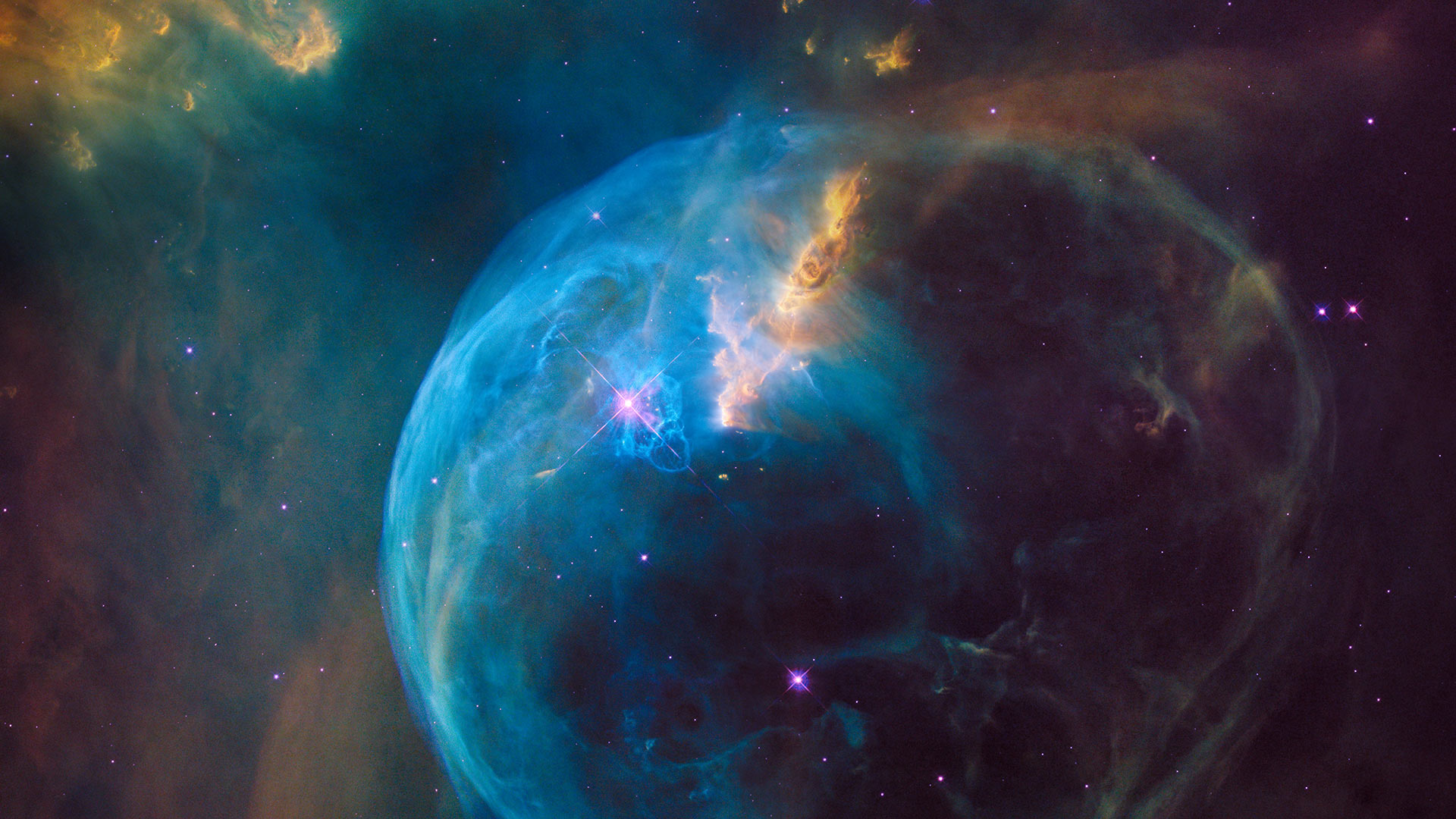
气泡星云 (NGC 7635) Bubble Nebula (NGC 7635) (© NASA, ESA, and the Hubble Heritage Team STScI/AURA)
A star blows a bubble
This giant space bubble is being blown by a massive star visible at the 10 o'clock position inside it. Already over 7 light-years across and expanding at a rate of over 4 million mph, the 'bubble' is actually the shock wave created when expanding hot gas (or stellar wind) hits the cold, interstellar gas that surrounds it. The Bubble nebula was discovered in 1787 by William Herschel. The star inside is living fast and will die young (for a star)—it will likely detonate as a supernova in only 10 to 20 million years. This image was taken in 2016 by the Hubble Space Telescope to mark the 26th anniversary of Hubble's launch into Earth orbit by the STS-31 space shuttle crew. We're showing it to mark the last day of World Space Week, an annual 'international celebration of science and technology, and their contribution to the betterment of the human condition.
木星增强色彩后的一组镜头 Sequence of enhanced-color images of Jupiter (© Enhanced Image by Gerald Eichstädt and Sean Doran, CC BY-NC-SA, based on images provided Courtesy of NASA/JPL-Caltech/SwRI/MSSS)
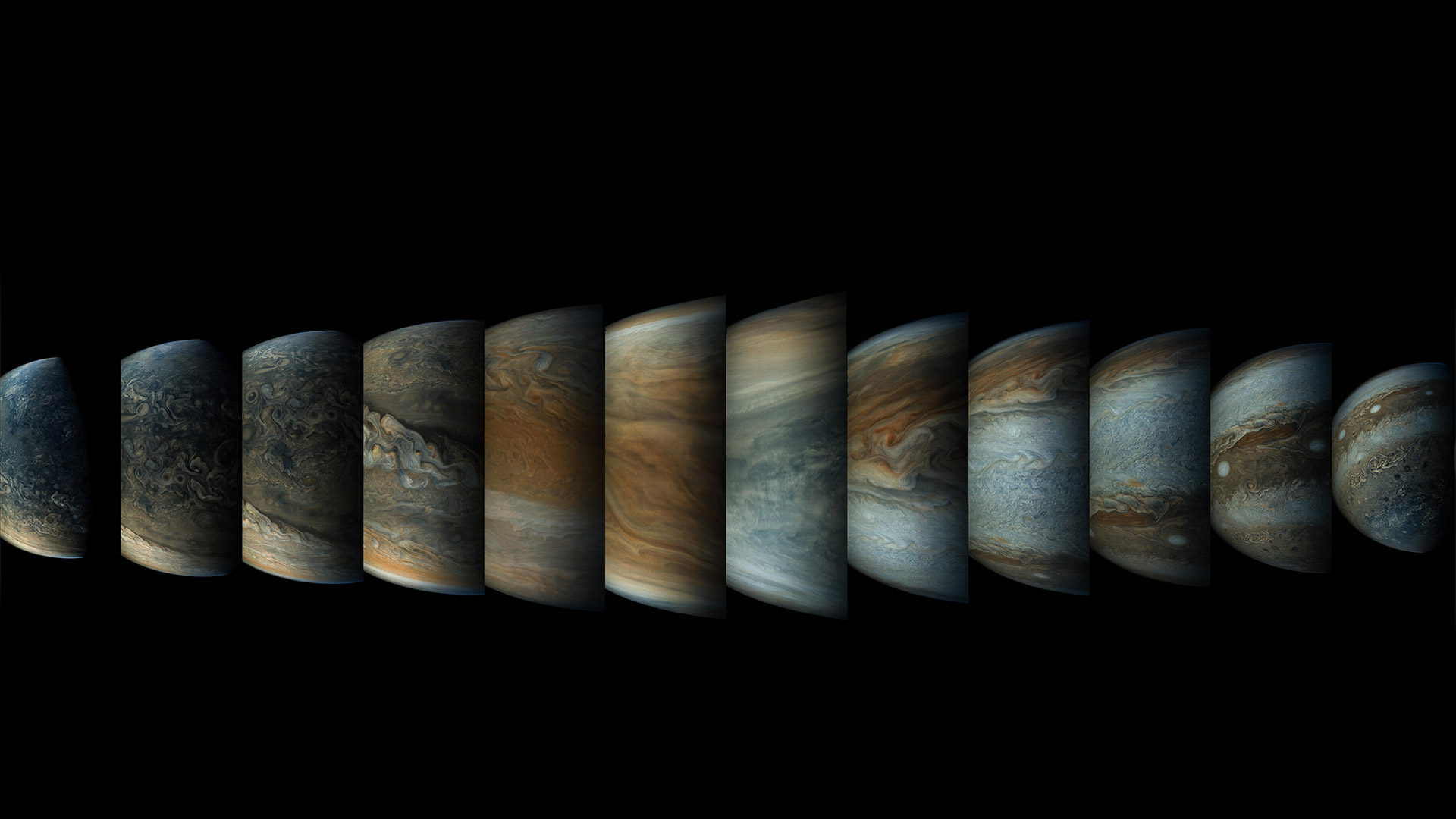
木星增强色彩后的一组镜头 Sequence of enhanced-color images of Jupiter (© Enhanced Image by Gerald Eichstädt and Sean Doran, CC BY-NC-SA, based on images provided Courtesy of NASA/JPL-Caltech/SwRI/MSSS)
Images from NASA's Juno spacecraft as it swoops by Jupiter
For the start of World Space Week, today's homepage features a composite of images taken by NASA's Juno probe as it swooped past Jupiter. Jupiter, the largest planet in our solar system, also has the largest number of moons: 79. Jupiter is the Roman counterpart to Zeus, and so the planet's major moons are named after Zeus's, shall we say, extra-marital partners. So, when it came time to name NASA's most ambitious Jupiter probe, they decided to name it after his wife, Juno, so that she could keep an eye on him. Every 53 days in the course of its wide and complex orbit, the Juno probe makes its closest approach, snapping shots like these as it speeds past the gas giant in just two hours. World Space Week starts on the anniversary of the launch of the very first space probe, Sputnik, which entered orbit around the Earth on October 4, 1957.
超高分辨率:NASA公布哈勃拍摄的Coma星团拼接照
晚安,开普勒:NASA向开普勒探测器发出最后指令
虽然NASA跟丢了Oumuamua 但该神秘天体不是外星探测器
2018年 10 月,天文学家利用夏威夷的巡天望远镜 Pan-STARRS1 发现了人类已知的第一颗星际天体 `Oumuamua。`Oumuamua 有着雪茄外形,与我们在太阳系观察到的天体存在显著差异,它正在加速远离太阳系。多个地面望远镜和哈勃太空望远镜对其进行的观察推测这颗天体的长度小于 800 米。
现在,NASA 的研究人员报告了 Spitzer 望远镜对 `Oumuamua 的观察结果:结果是没有观察到,因为它微弱了。
虽然没有观察到,但科学家据此能推断出 `Oumuamua 新的长度上限,他们认为它的长度在 100 米到 440 米之间,比以前估计的小。

较小的体积可能有助于解释围绕 `Oumuamua 的谜团,也就是究竟是什么推动它加速离开太阳系: `Oumuamua 接近太阳产生的气体可能起到加速的作用。
NASA南极洲惊现矩形冰山 但它看起来很不自然 不止一座
哈勃望远镜下的土星 Hubble Space Telescope’s view of Saturn (© NASA)
NASA称旅行者2号或正在接近星际空间
当美国宇航局在 1977 年发射“旅行者 2 号”星际探测器的时候,铃铛和迪斯科舞厅还相当风靡。时光一晃过去了 40 多年,该探测器现已接近一个重要的里程碑 —— 进入星际空间。NASA 表示,旅行者 2 号用了十多年来穿越日鞘(Heliosheath)。这一层可被描述成“围绕太阳的巨大气泡”,行星仍受到太阳物质和磁场的主宰。
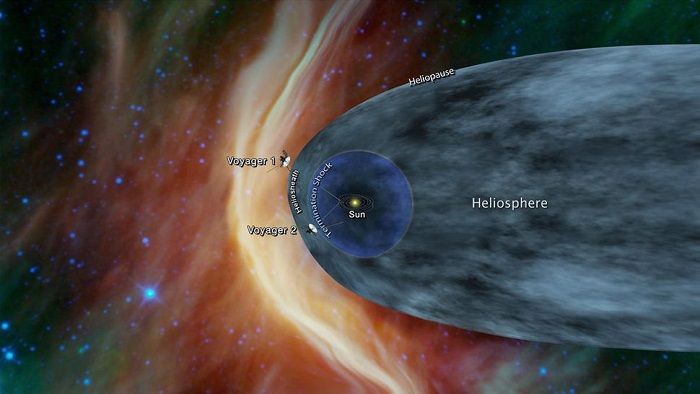
旅行者 1 / 2 号和日球层的位置(via:NASA / JPL-Caltech)
目前,旅行者 2 号正处于距离地球 110 亿英里(约 177 亿公里)的地方。NASA 在周五的公告中称:“探测器回传的数据表明,来自太阳系外的宇宙辐射的轰击,正在不断增加”。
需要指出的是,当前旅行者 1 号才是唯一进入星际空间的人造物体。至于旅行者 2 号何时在日球层边界追上它的双胞胎兄弟,NASA 的科学家们也不是很确定。
